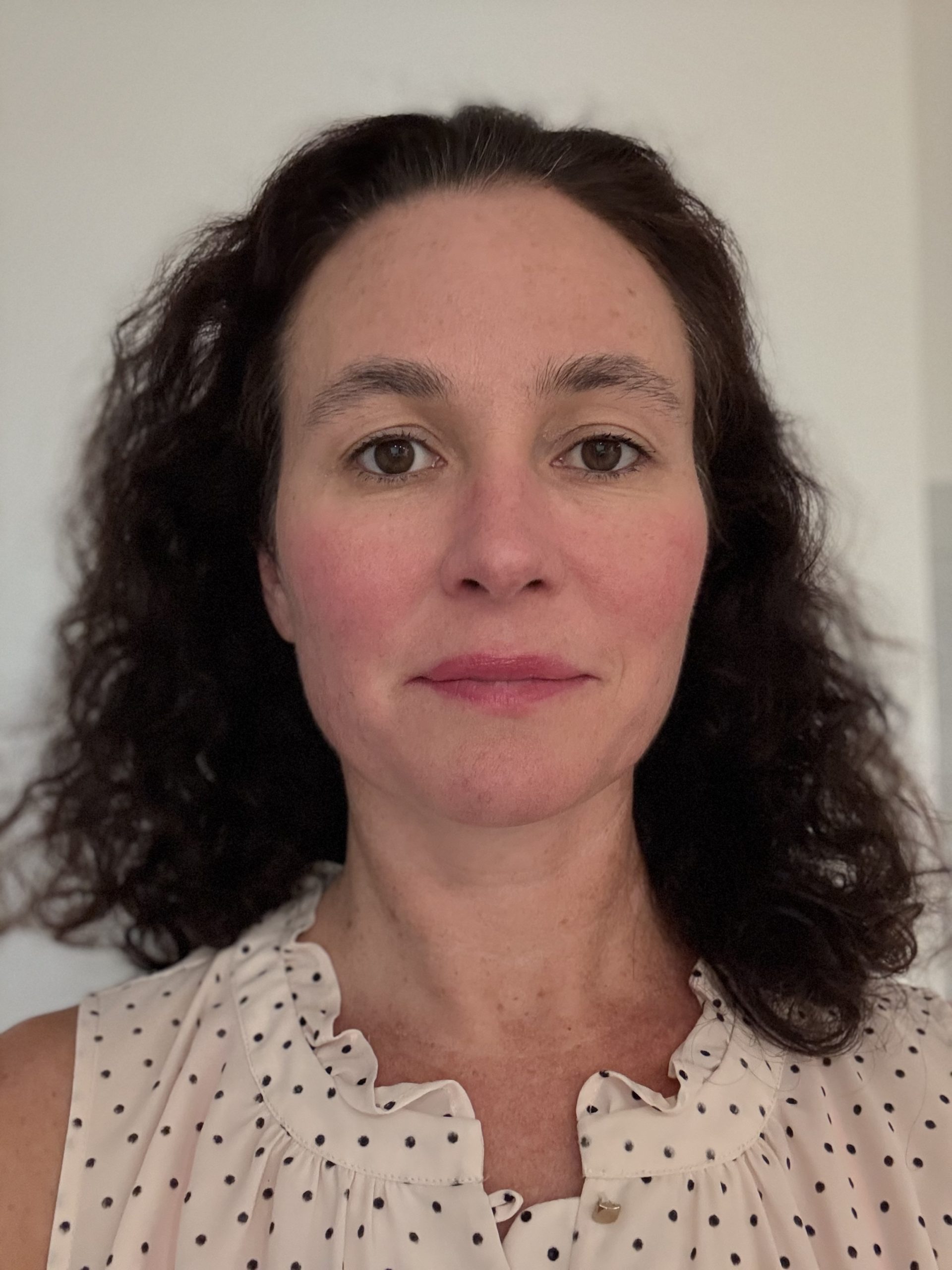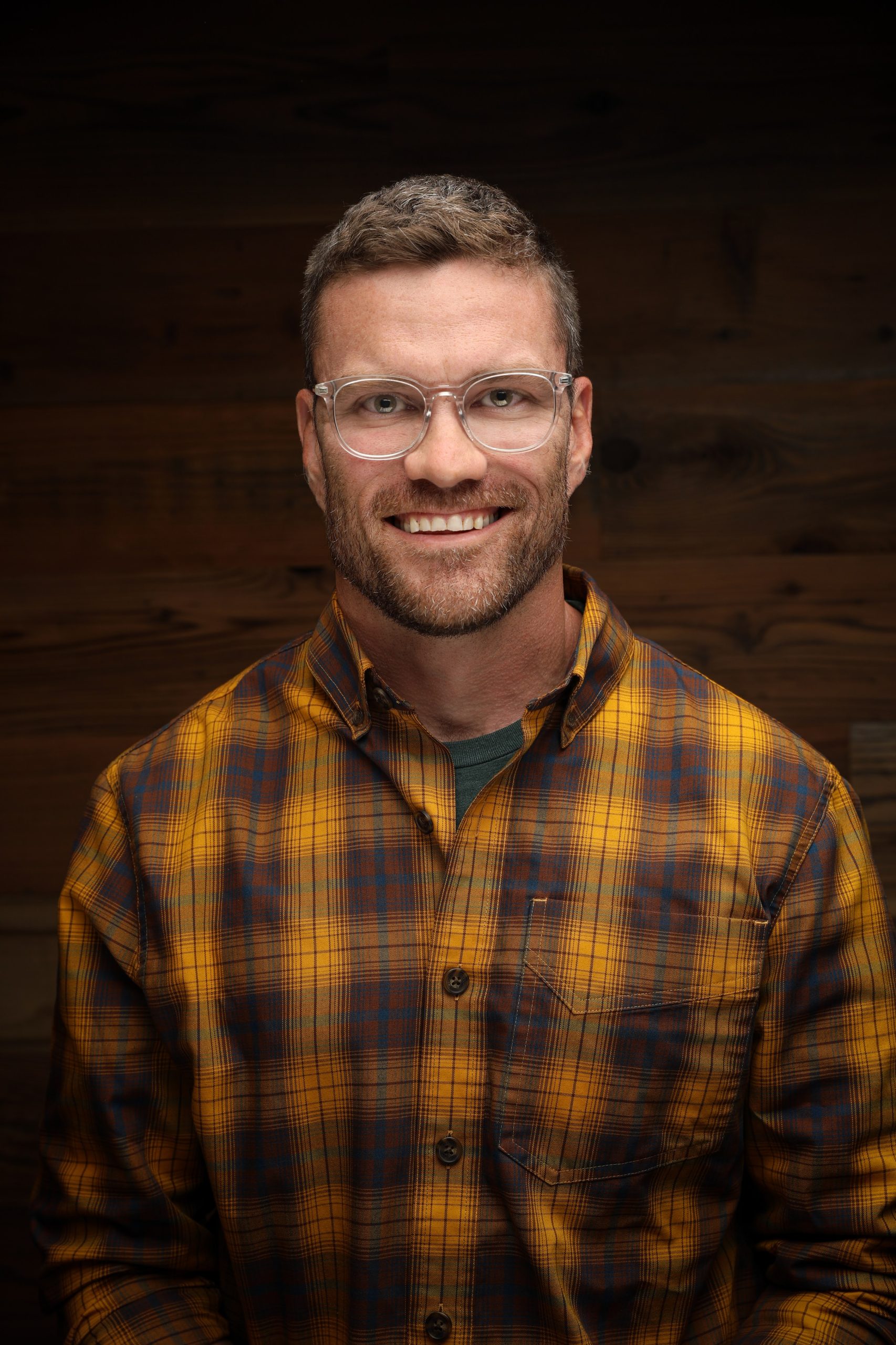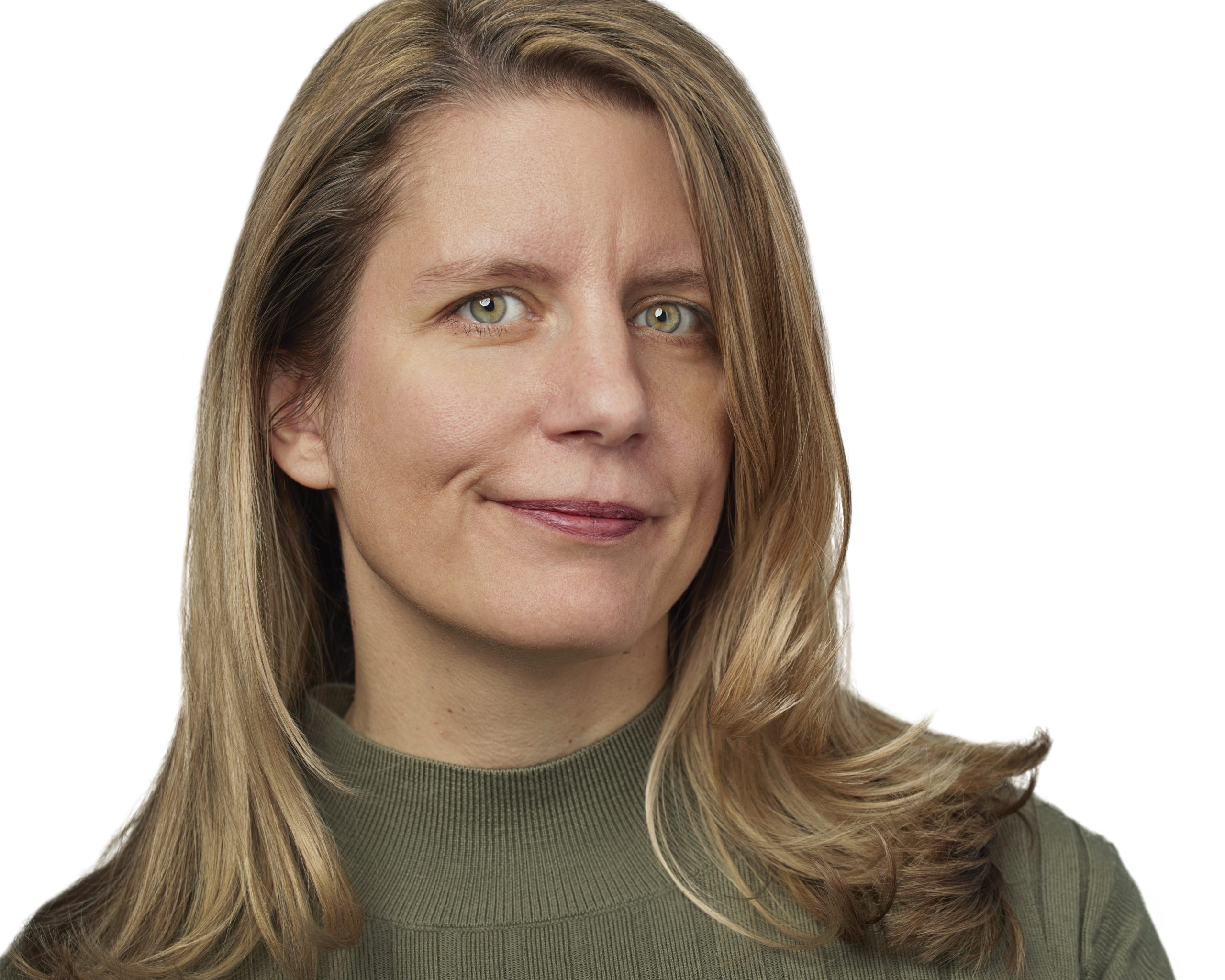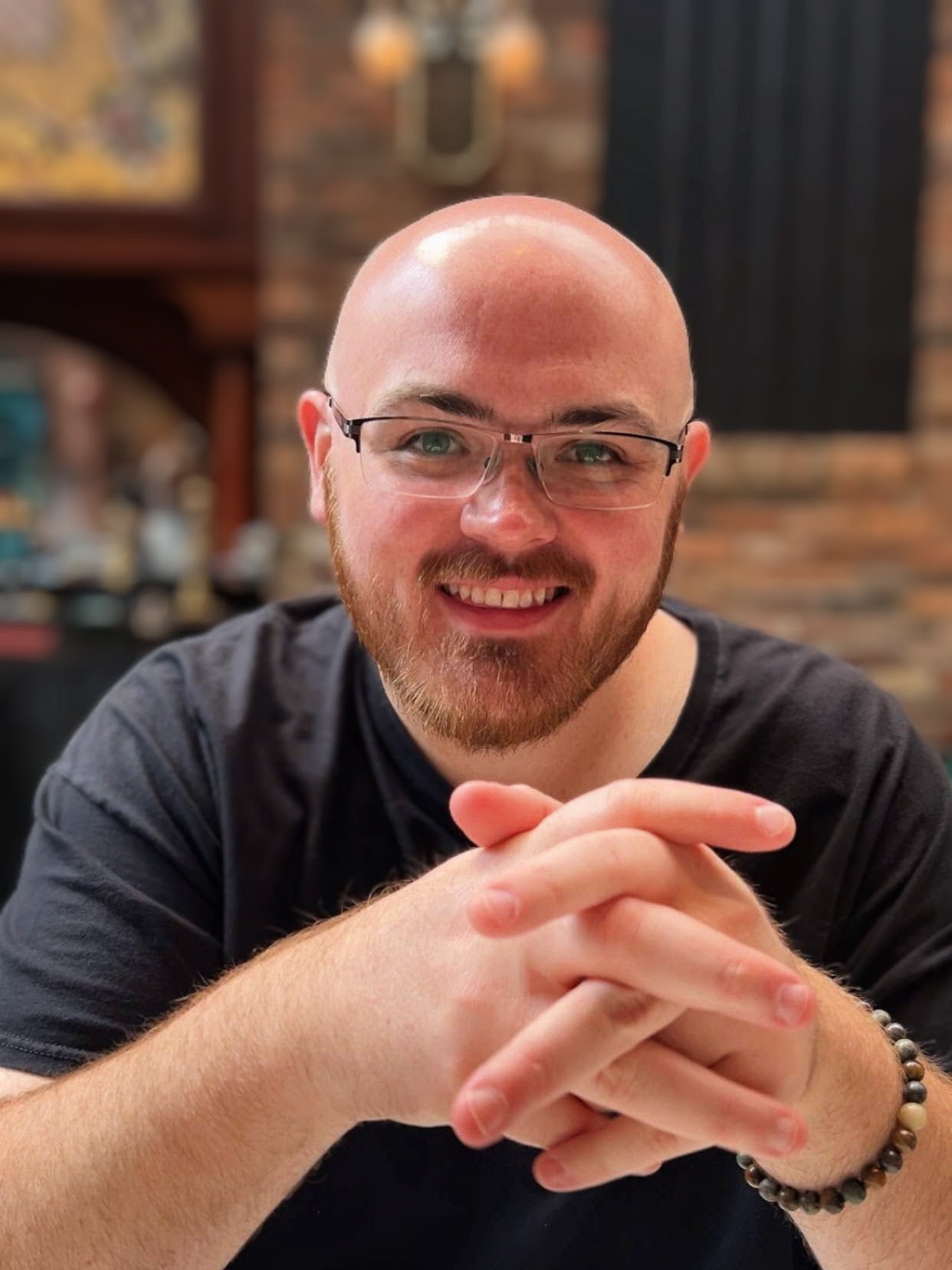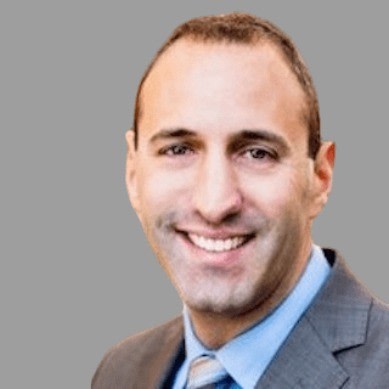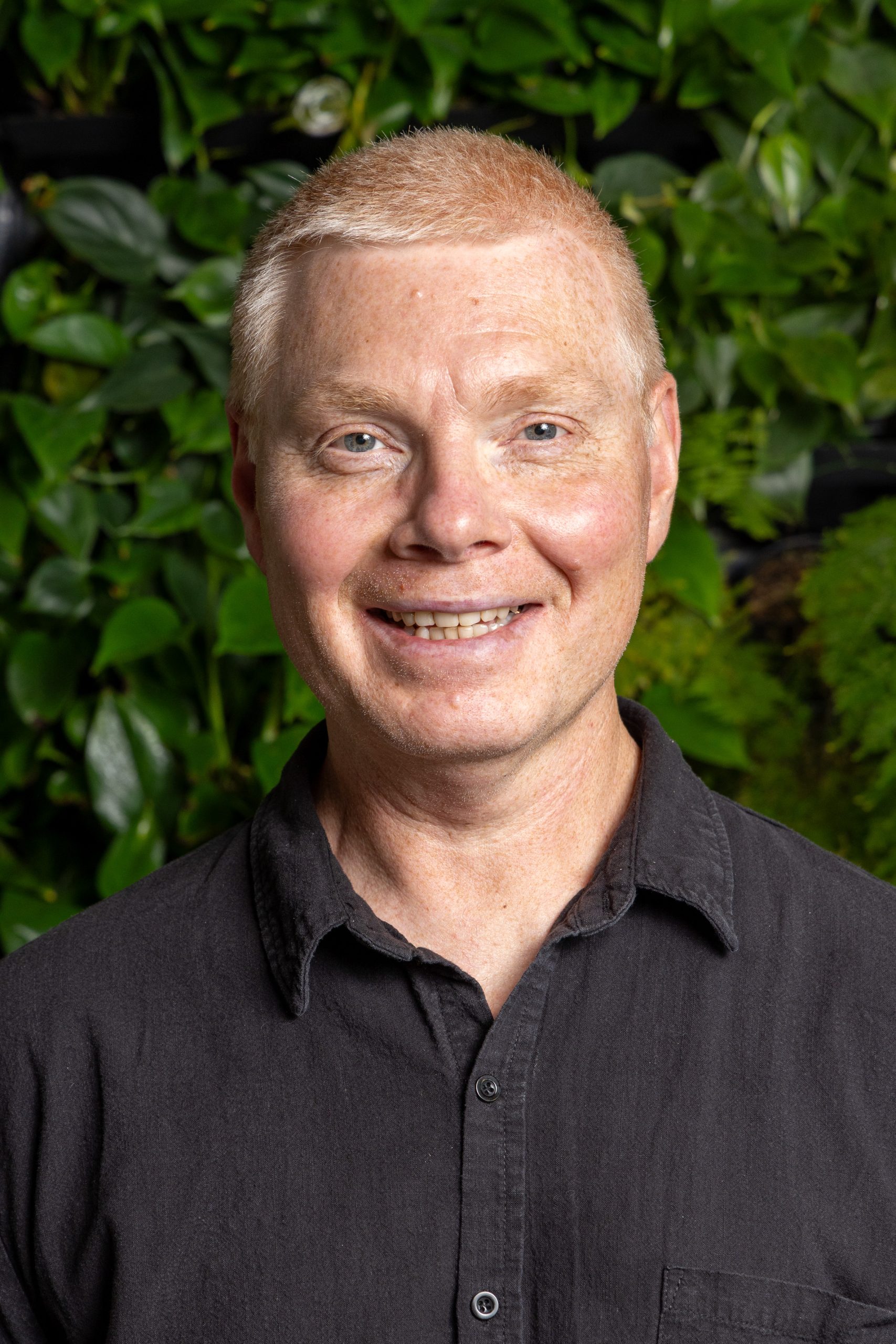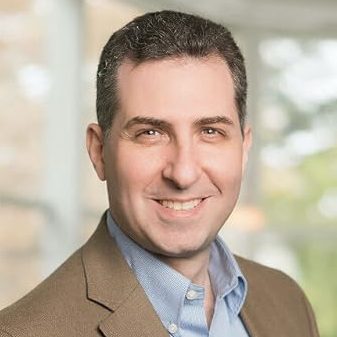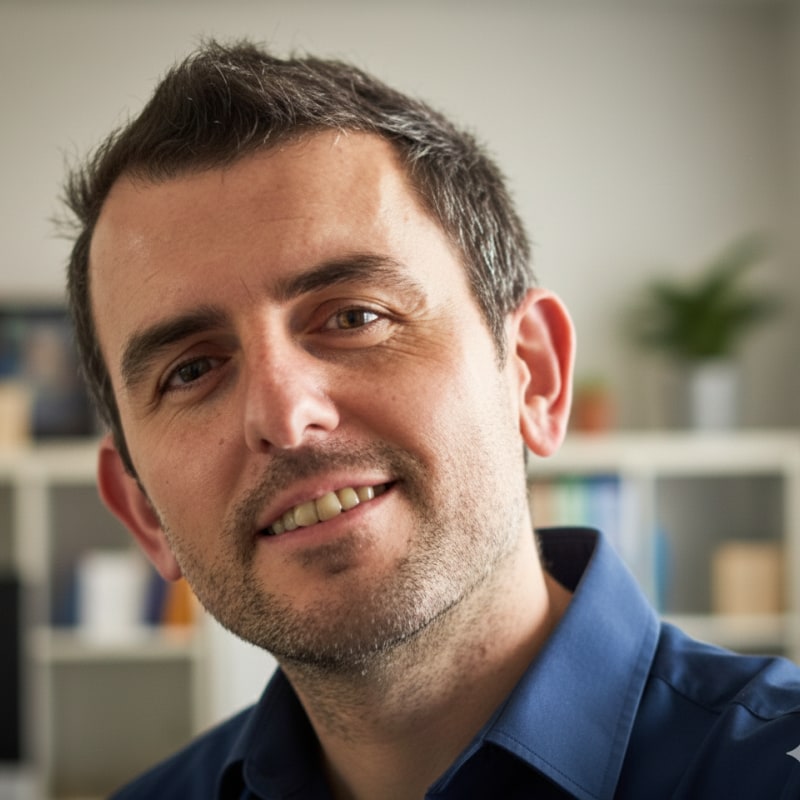MAIN TRACK
Arrival & Coffee
All the things I misunderstood about being a leader
Candid insights into the biggest misconceptions about leadership and what truly makes a team exceptional.
No one left behind: Inside the largest domain migration in history
A look at the industry’s most complex domain transfer, managed under pressure without losing a single team member.
Morning Break
Beyond the code: Leading engineering teams in the GenAI era
Explore how engineering leaders can guide teams through GenAI’s rise by focusing on the critical human work AI can’t replace.
Supply chain: Data infrastructure pipeline
Discover how modern data pipelines transform supply chains, enabling real-time insights, improving data quality, and optimizing logistics through advanced analytics.
3 data-backed ideas to deter AI code quality problems
Learn what 250 million+ lines of code reveal about AI’s impact on code quality and how to address it.
Developing and supporting 12 SDKs with a team of 3
How Eppo by Datadog runs a dozen production SDKs with only a team of three, by treating them as a platform – not twelve separate codebases.
Lunch
Marcy Lab’s 90-Day lift-off playbook: Building high-impact, durable engineers
From classroom to commit: How a one-year, industry-co-designed fellowship equips engineers to ship in the AI era.
The accidental revolution: How engineering led company-wide AI adoption
Learn how an internal AI tool sparked unexpected company-wide adoption and became a catalyst for cross-functional productivity gains.
Tech lead to manager – a blueprint for successful transition
Navigate the shift from tech lead to manager with a clear roadmap, practical tools, and strategies for early success.
Beyond the hype: What test automation really costs
Test automation promises speed and savings, but this talk reveals the hidden costs and how to avoid common strategic pitfalls.
Leadership in AI-assisted engineering
Learn leadership strategies for AI assisted engineering focusing on adoption productivity psychological safety and responsible AI use.
Afternoon Break
From friction to function: Strengthening the product-engineering alliance
Learn practical strategies to turn product-engineering friction into alignment through better prioritization, communication, and shared decision-making.
The uncomfortable middle: Growing as a Director in uncertain times
Grow as a leader of leaders through reorgs, role shifts, and team tensions in the messy middle of uncertainty.
Plugging in power: Understanding how tech careers are shaped by power dynamics
Explore how hidden power dynamics shape tech careers and learn to recognize, navigate, and harness power to advance effectively.
Networking Mixer
INTERACTIVE SESSIONS
Meet the speakers
Chat with speakers face-to-face in a relaxed, conversational environment
Voltron Quest
Inspired by Lara Hogan’s Manager Voltron, build your personal network at LeadDev New York.
Connecting Black leaders
Connect with other leaders who have similar backgrounds and experiences to yours, and build a peer network for support throughout your leadership journey.
How do you embed observability into your engineering culture?
Join facilitated conversations and dive into key issues facing engineering teams
How do you ensure your team knows what AI code is doing in production?
Join facilitated conversations and dive into key issues facing engineering teams
How do you know where to focus your attention as a staff+ leader?
Join facilitated conversations and dive into key issues facing engineering teams
Speed coaching
Watch or participate in free 1:1 coaching with Fiona Siseman from Frank & Eddy Leadership.
I have a mix of junior and senior engineers – how do I adjust my management style to fit their needs?
Trade tactics for tackling everyday challenges.
How can you facilitate valuable post-incident reviews?
Join facilitated conversations and dive into key issues facing engineering teams.
How can you manage your workload with your parenthood duties, without burning out?
Join facilitated conversations and dive into key issues facing engineering teams
Speed coaching
Watch or participate in free 1:1 coaching with Alia Rose Connor from Frank & Eddy Leadership.
I have to work closely with my product management peer – how do I make that relationship work?
Trade tactics for tackling everyday challenges.
Meet the speakers
Chat with speakers face-to-face in a relaxed, conversational environment
Tackling the role of Tech Lead
Dedicated sessions on how to take the next step in your career for tackling the role of a Tech Lead
Connecting Neurodivergent leaders
Connect with other leaders who have similar backgrounds and experiences to yours, and build a peer network for support throughout your leadership journey.
How do you stay aware of everything going on in multiple teams?
Join facilitated conversations and dive into key issues facing engineering teams
How can you measure developer productivity without damaging morale?
Join facilitated conversations and dive into key issues facing engineering teams
Stepping into the role of Staff Engineer
Dedicated sessions on how to take the next step in your career for stepping into the role of a Staff Engineer
Connecting Asian leaders
Connect with other leaders who have similar backgrounds and experiences to yours, and build a peer network for support throughout your leadership journey.
Meet leaders from the Banking and Financial Services domain
Join our relaxed sessions where you can meet peers working in similar domains to share ideas, collaborate on challenges and exchange solutions.
How can developer teams increase productivity while raising the security bar?
Join facilitated conversations and dive into key issues facing engineering teams
How to mentor effectively?
Join facilitated conversations and dive into key issues facing engineering teams.
How can you foster a culture of experimentation within your teams?
Join facilitated conversations and dive into key issues facing engineering teams
How can you solve the problem of technical debt when you’re scaling up?
Join facilitated conversations and dive into key issues facing engineering teams.
How do you influence decisions effectively as a staff+ leader?
Join facilitated conversations and dive into key issues facing engineering teams.
I want to be able to influence direction outside of my direct team – how can I do that?
Trade tactics for tackling everyday challenges.
Meet the speakers
Chat with speakers face-to-face in a relaxed, conversational environment
How can you deliver commercial value as a senior engineering leader?
Join facilitated conversations and dive into key issues facing engineering teams
Preparing for the role of Principal Engineer
Dedicated sessions on how to take the next step in your career for preparing for the role of a Principal Engineer
Connecting Queer leaders
Connect with other leaders who have similar backgrounds and experiences to yours, and build a peer network for support throughout your leadership journey.
Meet the speakers
Chat with speakers face-to-face in a relaxed, conversational environment
Become a LeadDev Contributor AMA
Join the LeadDev content team to explore ways to share your experience and get involved as a contributor.
WORKSHOP TRACK
Beyond the hype: Measuring the real impact of AI-assisted engineering
Learn how to move beyond surface-level AI metrics to measure its true impact on engineering performance.
Leadership competencies for Directors & beyond
A practical workshop for Director+ leaders to understand key competencies, assess strengths and gaps, and design a personalized leadership growth plan.
Making your Staff+ impact visible
Practical workshop equipping Staff+ engineers with tools to showcase achievements, amplify influence, strengthen reputation, and gain recognition across organizations.
Team building in the age of AI
AI is transforming how engineering teams work—and how leaders lead. In this interactive workshop, you’ll build your team’s AI charter, rethink your role as a leader, and learn how to grow the high-value human skills your team needs to thrive in an AI-powered world.
Reading your systems: Using technical skills to drive software delivery excellence
Learn to “read your systems” by analyzing code, PRs, and feedback flows to uncover bottlenecks, optimize teams, and accelerate delivery.
Building a metrics-driven team
Drawing on insights from Accelerate, Jez Humble explores how to use data to drive improvement across your engineering teams. You’ll learn the key metrics that predict success, the principles behind them, and how to create a transparent, aligned, and high-performing organisation.
SOLUTIONS TRACK
Live demo: CircleCI – Meet Chunk: Your agent to ship at AI speed with confidence
Explore solutions for your technical issues.
Live demo: Incident – On-call solutions with incident
Explore solutions for your technical issues.
Live demo: Tailscale – How to connect to anything, anywhere with Tailscale
Explore solutions for your technical issues.
Live demo: DX – How to measure AI’s impact on developer productivity with DX
Explore solutions for your technical issues.
Live demo: Harness – From toil to triumph: Real-world journeys to platform-driven software delivery
Explore solutions for your technical issues.
Live demo: Postman – Building automations your team will actually use (Hint: Start with what they’re already using)
Explore solutions for your technical issues.
Live demo: Sonar – How SonarQube fuels AI-enabled development and builds trust into every line of code
Explore solutions for your technical issues.
Live demo: Honeycomb – From chaos to clarity: Fast, full-fidelity debugging without the guesswork
Explore solutions for your technical issues.
Live demo: Outsystems – Generate enterprise apps in minutes with AI-powered mentor and agent workbench
Explore solutions for your technical issues.
Live demo: Augment Code – AI coding agent built for professionals, not vibes
Explore solutions for your technical issues.
MAIN TRACK
Arrival & Coffee
A reality check on AI’s impact on business transformation
Discover how AI unlocks high-value opportunities beyond code generation, transforming businesses and maximizing the impact of engineering time.
Predictable is better than fast
Explore how prioritizing predictability over speed leads to more sustainable progress, stronger teams, and faster outcomes in the long run.
Finding the spark: Unlocking growth potential on your team
Learn a practical framework to spot different growth needs on your team and support each person’s development effectively.
Pay your (conflict) debts on time
Learn how unresolved conflict quietly erodes teams and how to tackle it early with clear and constructive leadership practices.
Morning Break
Building ethical AI: Transparency, bias mitigation, and trust
Explore how to build trustworthy, human-centered AI by prioritizing transparency and effectively mitigating bias, discrimination, and ethical risks.
From prompt to production: Making AI work in your development flow
Discover how to move beyond prompt experiments and design AI-first workflows that boost developer productivity and collaboration.
From hallucinations to hard truths: Real lessons in production AI
Learn crucial lessons from a year of scaling AI in FinTech: what broke, what burned, and what we’d do differently.
All of this has happened before
A mother-daughter conversation revealing how past tech trends mirror today’s AI hype and what we can learn.
Lunch
Tackling tech debt
A seasoned CTO shares strategies and lessons on identifying, communicating, and effectively tackling tech debt across diverse companies.
Leading without committing: Managing teams outside your tech stack
Learn how to lead engineering teams outside your expertise by building trust, enabling growth, and empowering without micromanaging.
Beyond the code: Hiring for cultural alignment
Learn strategies to assess cultural alignment in engineering hiring, balancing technical skills with authentic evaluation of team fit.
Interviewing in the age of AI
Rethink technical interviews for an AI-enhanced world by focusing on timeless engineering skills and real-world problem solving.
Afternoon Break
Estimation is a waste of time
Learn to replace inaccurate estimates with data-driven probabilistic forecasting, dramatically improving delivery predictability and stakeholder relationships.
No one needs me (and that’s the point)
Learn how to build autonomous teams that thrive without you, so you can focus on higher-impact leadership work.
Leading sustainably when everything is on fire
Learn how to lead effectively in chaos by building organizational capital and adapting your mindset for tough times.
INTERACTIVE SESSIONS
Connecting Women leaders
Connect with other leaders who have similar backgrounds and experiences to yours, and build a peer network for support throughout your leadership journey.
Meet the speakers – Day 2, 11:00
Chat with speakers face-to-face in a relaxed, conversational environment
How can AI practically deliver value to engineering teams?
Join facilitated conversations and dive into key issues facing engineering teams
How can I create the conditions for remote and international teams to thrive?
Join facilitated conversations and dive into key issues facing engineering teams.
How do you impact the technical standards of your org as a staff+ leader?
Join facilitated conversations and dive into key issues facing engineering teams.
Speed coaching
Watch or participate in free 1:1 coaching with Alia Rose Connor from Frank & Eddy Leadership.
I am now regularly in meetings with non-engineering stakeholders – how do I communicate technical ideas and decisions effectively?
Trade tactics for tackling everyday challenges
How can I address automation anxiety in my engineering teams?
Join facilitated conversations and dive into key issues facing engineering teams
How can I effectively prevent LLMs from creating hidden technical debt?
Join facilitated conversations and dive into key issues facing engineering teams
How do you work effectively on cross-team projects as a staff+ leader?
Join facilitated conversations and dive into key issues facing engineering teams.
Speed coaching
Watch or participate in free 1:1 coaching with Fiona Siseman from Frank & Eddy Leadership.
People keep telling me I need an engineering strategy – how do I do this?
Trade tactics for tackling everyday challenges.
Meet the speakers
Chat with speakers face-to-face in a relaxed, conversational environment
Connecting engineering leaders from the Media and Entertainment domain
Join our relaxed sessions where you can meet peers working in similar domains to share ideas, collaborate on challenges and exchange solutions.
Making the leap to Engineering Manager
Dedicated sessions on how to take the next step in your career for making the leap to Engineering Manager.
Connecting Parent leaders
Connect with other leaders who have similar backgrounds and experiences to yours, and build a peer network for support throughout your leadership journey.
How do you keep learning even when you’re short on time?
Join facilitated conversations and dive into key issues facing engineering teams
Diving into the role of Engineering Director
Dedicated sessions on how to take the next step in your career for preparing for the role of an Engineering Director
Connecting Latinx leaders
Connect with other leaders who have similar backgrounds and experiences to yours, and build a peer network for support throughout your leadership journey.
How can you enable collaboration across your whole developer org?
Join facilitated conversations and dive into key issues facing engineering teams.
How do you effectively evaluate what LLMs to use in your SDLC?
Join facilitated conversations and dive into key issues facing engineering teams
How can AI be leveraged in day to day workflows?
Join facilitated conversations and dive into key issues facing engineering teams.
My company lives in ambiguity with frequently changing direction – how do I lead effectively through this?
Trade tactics for tackling everyday challenges.
How do you assess and measure the true health of your engineering organization?
Join facilitated conversations and dive into key issues facing engineering teams
How can I make developers more efficient without adding more pressure?
Join facilitated conversations and dive into key issues facing engineering teams.
How do you make technical decisions that balance benefits and tradeoffs?
Join facilitated conversations and dive into key issues facing engineering teams.
Meet the speakers
Chat with speakers face-to-face in a relaxed, conversational environment
Connecting Disabled leaders
Connect with other leaders who have similar backgrounds and experiences to yours, and build a peer network for support throughout your leadership journey.
Becoming a VP of Engineering
Dedicated sessions on how to take the next step in your career for Becoming a VP of Engineering
WORKSHOP TRACK
Reading your systems: Using technical skills to drive software delivery excellence
Learn to “read your systems” by analyzing code, PRs, and feedback flows to uncover bottlenecks, optimize teams, and accelerate delivery.
Beyond the hype: Measuring the real impact of AI-assisted engineering
Learn how to move beyond surface-level AI metrics to measure its true impact on engineering performance.
Team building in the age of AI
AI is transforming how engineering teams work—and how leaders lead. In this interactive workshop, you’ll build your team’s AI charter, rethink your role as a leader, and learn how to grow the high-value human skills your team needs to thrive in an AI-powered world.
Building a metrics-driven team
Drawing on insights from Accelerate, Jez Humble explores how to use data to drive improvement across your engineering teams. You’ll learn the key metrics that predict success, the principles behind them, and how to create a transparent, aligned, and high-performing organisation.
Learning from failure: How to adapt your leadership style to lead effectively through uncertainty
Learn how to adapt your leadership style, embrace failure, and build trust to lead teams confidently through uncertainty and change.
SOLUTIONS TRACK
Live demo: Retool – Stop rebuilding, start compounding
Explore solutions for your technical issues.
Live demo: Stytch – Letting users securely interact with your apps via ChatGPT
Explore solutions for your technical issues.
The future of engineering leadership: Navigating AI, talent shifts, and the evolving role of tech leaders
Learn how real engineering teams turn ideas into practice.
Live demo: Unblocked – Instantly find answers from code, docs, discussions and more
Explore solutions for your technical issues.
Live demo: Draftt – Manage software end-of-life before it manages you
Explore solutions for your technical issues.
Live demo: DX – How to measure AI’s impact on developer productivity with DX
Explore solutions for your technical issues.
Live demo: Augment Code – AI coding agent built for professionals, not vibes
Explore solutions for your technical issues.


















